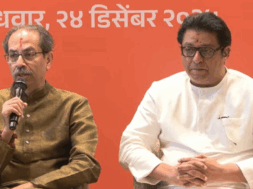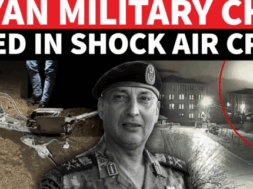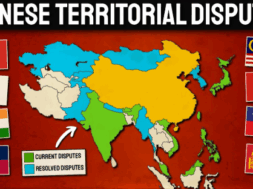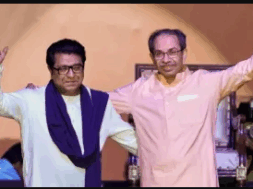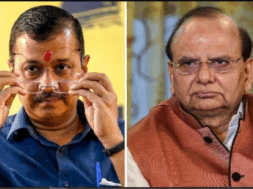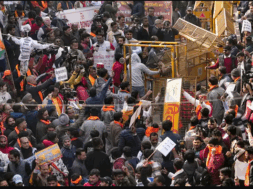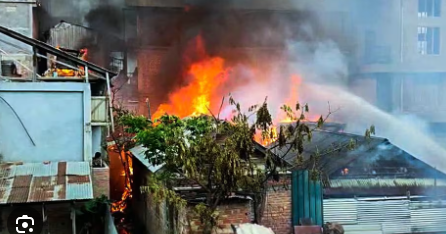
Manas Dasgupta
NEW DELHI, Sept 15: The Supreme Court on Friday lambasted the complainants in Manipur for filling cases against the Editors Guild of India president and its three rapporteurs on the Manipur violence and wondered how merely giving a report could constitute a crime.
A three-judge bench headed by the Chief Justice of India DY Chandrachud said none of the crimes of promoting enmity between groups mentioned in the FIR filed by the Manipur police had been made out and gave the complainants two weeks tome to justify whey the FIRs should not be quashed forthwith. Extending the interim relief given to the journalists, the court said no action can be taken against them until then.
The CJI said the Editors Guild of India (EGI) may be right or wrong in its report about “partisan media coverage” of the Manipur violence, but it has a right to free speech to put forth its views in print. The complaints which led to the registration of FIRs against senior journalists, the members and president of the EGI, did not contain even a “whisper of the offences alleged against them”, the Chief Justice said.
The Bench, also comprising Justices J.B. Pardiwala and Manoj Misra, gave the complainants two weeks to give an affidavit providing reasons why the FIRs against EGI president Seema Mustafa and senior journalists Seema Guha, Bharat Bhushan and Sanjay Kapoor should not be quashed by the top court.
“Tell us how any of these offences are made out from their report… Show us how Section 153A of the Indian Penal Code [promoting enmity between different groups] is made out. What is happening? They [EGI] are entitled to put forth their views. This is just a report. Where did you get all these offences from? Section 153A? You have said they have offended under Section 200 IPC [giving false declaration to a court]. Where did they give a declaration to a court? How is Section 200 implicated here?” Chief Justice Chandrachud grilled the complainants, represented by senior advocate Guru Krishnakumar.
A case had been filed against three members of the Editors Guild’s fact-finding team, who had gone to Manipur to assess the media’s reportage of the ethnic conflict in the state, and the Guild’s president. The complainant had alleged that the report submitted by the team was “false, fabricated and sponsored” and the charges in the first information report included promoting enmity between different groups.
Noting that the Editors Guild team had been invited to Manipur by the Army, CJI Chandrachud said, “Mr Solicitor General, the Army writes to the EGI. Army says that there was partisan reporting. They go on the ground and submit a report. They may be right or wrong. This is what free speech is all about.”
In its report, published on September 2, the Guild had said there were clear indications that the Manipur leadership had become partisan during the conflict. It was also critical of the internet ban in the state, which it said was detrimental to reportage, and the “one-sided reporting” by some media outlets.
Representing the complainant, senior advocate S Guru Krishnakumar said, “This a report which ferments further animosity between groups. If this is a fact-finding report, as they claim, then it should have 100-200 photos of people from other communities who have suffered damage. The reason I’m referring to all this is that the petitioner is trying to project a picture that a completely unbiased report has been submitted, but it is far from that.”
Appearing for the Manipur government, Solicitor General Tushar Mehta said the court may extend the interim protection to the journalists and transfer the plea to the Delhi High Court if the bench wanted to do so.
On September 4, Manipur Chief Minister N Biren Singh had said a case had been registered against Editors Guild president Seema Mustafa and senior journalists Seema Guha, Bharat Bhushan and Sanjay Kapoor. The section pertaining to defamation had been added after another FIR had been filed a few days later.
The initial complaint against the EGI president and the three EGI three members was filed by Ngangom Sarat Singh, a retired engineer with the State government. The second FIR was lodged by Sorokhaibam Thoudam Sangita of Khurai in the Imphal East district.
Chief Justice Chandrachud said media reports may go wrong. “Will you charge all journalists under Section 153A then?” he asked. “We are concerned. The moment somebody puts something in print, it may be wrong, you lodge an FIR under Section 153A? Your entire complaint is a counter-narrative of the government. You assume what the EGI said is false. Every paragraph of your complaint says ‘false, false’. Making a false statement in an article is not an offence under Section 153A,” the Chief Justice told the complainants.
The EGI members were booked under various sections of the IPC including Sections 153A, 200, and 298 (deliberate intent to wound religious feelings), and under provisions of the Information Technology Act and Press Council Act. The second FIR added Section 499 (defamation) of the IPC to these charges. The Manipur government had earlier filed an FIR against a three-member fact-finding team of the National Federation of Indian Women (NFIW) for its report on the ethnic conflict.
Mr Krishnakumar, at one point, suggested that his client would withdraw their complaints provided that the EGI withdrew its report. He finally agreed to file an affidavit in response. Senior advocate Shyam Divan, for the EGI and the journalists, said counter-views to the report have been published on the same web page of the editors’ body along with the report.
“People can read both our views and their counter-views and make up their minds,” Mr Divan submitted. The EGI said that it had visited Manipur on the Army’s invitation to make an “objective assessment” of the “unethical and ex parte reporting” by the vernacular media. Mr Divan said the Manipur High Court had already entertained a public interest petition against the EGI, and sought that the case be transferred to Delhi.
“The manner in which the Chief Justice of the Manipur High Court has entertained that PIL… let me not, as the head of the family, say more… Surely there are more pressing matters to be entertained than these kinds of PILs,” Chief Justice Chandrachud observed.
Solicitor-General Tushar Mehta, for the Manipur government, objected to shifting the case to Delhi, but also urged the top court to not open its ‘quashing jurisdiction’. At one point, seeing the Bench press the complainants to justify the offences made out by them, Mr. Mehta changed tack to say “let the case go to the Delhi High Court… let us not travel that [quashing the FIRs] path.”
Mr Mehta said the State’s worry was “slightly bigger” claiming that shifting the case to Delhi or quashing the FIRs would give an impetus for “any journalist to now go [to Manipur] and put forth views and counter-views”.
“If that happens, we may not be able to control the narrative. There will be other narrative buildings. I am not making any value judgments, but any number of people can go and build a narrative and put out views and counter-views,” he said.
Meanwhile, the Manipur police have reported that 175 people were killed and 1,108 others injured while 32 were missing in the ethnic strife that has rocked Manipur since early May, police said. Altogether, 4,786 houses were set on fire and 386 religious structures vandalised, they said.
Addressing a press conference, IGP (Operations) I.K. Muivah said, “In this challenging time that Manipur is in, we can reassure the public that the police, central forces and the civil administration are trying round-the-clock to bring normalcy back.” Of the weapons that have been “lost,” 1,359 firearms and 15,050 ammunition were recovered, Muivah said on Thursday. A large number of arms and ammunition of the police have allegedly been looted by the rioters during the violence.
As many as 5,172 arson cases were reported, Muivah said, adding, 386 religious structures – 254 churches and 132 temples – were vandalised. “Security barricades from Phougakchao Ikhai in Bishnupur district to Kangvai in Churachandpur district have been removed, while security has been provided on national highways,” he said.

